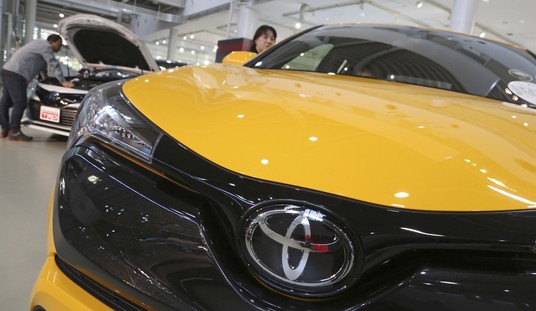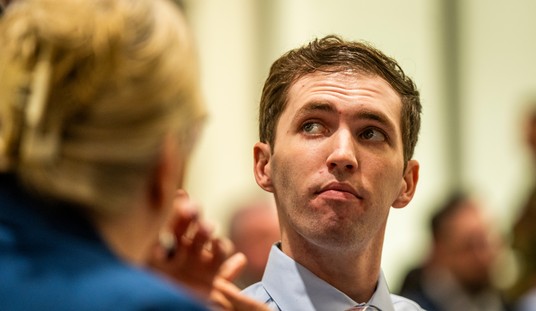When liberals make reference to U.S. economic history, they typically: 1) downplay the role of entrepreneurs, 2) suggest that bold government action has driven growth, and 3) fail to mention the scandals and screw-ups caused by federal interventions.
President’s Obama’s inaugural address reflected some of those mistakes:
Together we determined that a modern economy requires railroads and highways to speed travel and commerce….
No single person can … build the roads and networks and research labs that will bring new jobs and businesses to our shores… Now, more than ever, we must do these things together, as one nation, and one people.
It is not true that America first invested in railroads and highways because “we determined” to do it through the federal government. In the 19th century, those investments were made by thousands of entrepreneurs and businesses. My new study on infrastructure notes:
Before the 20th century, for example, more than 2,000 turnpike companies in America built more than 10,000 miles of toll roads. And up until the mid-20th century, most urban rail and bus services were private. With respect to railroads, the federal government subsidized some of the railroads to the West, but most U.S. rail mileage in the 19th century was in the East, and it was generally unsubsidized.
Railroads, streetcars, bus systems, and, to an extent, roads were financed and developed over many decades by innovative businesses taking risks and making gutsy decisions in the marketplace.
The typical pattern has been for the private sector to experiment with new technologies, and then, once certain products or types of infrastructure take off, politicians want to get in on the action by subsidizing and regulating them. In turn, those interventions have usually led to distortions, scandals, and cost inflation.
Entrepreneurs, for example, had already put in place about 30,000 miles of railroads before the federal government started subsidizing them through the Pacific Railroad Act of 1862. And in an early illustration of the problems with such crony capitalism, the railroad subsidies led to the huge Credit Mobilier scandal of 1872.
It also turned out that America didn’t need subsidies for railroads. With his Great Northern Railway, entrepreneur James Hill showed that you could build a cross-country rail system without federal help. Federal involvement in U.S. transportation history is discussed further here and here.
So, no Mr. Obama, we don’t need Washington to build our “roads and networks and research labs.”  Indeed, more than ever we should be encouraging entrepreneurs to take on those tasks. You and your economic advisors, for example, should check out the beautiful new Jordan Bridge in Virginia, which was constructed with $142 million of private funds.
Indeed, more than ever we should be encouraging entrepreneurs to take on those tasks. You and your economic advisors, for example, should check out the beautiful new Jordan Bridge in Virginia, which was constructed with $142 million of private funds.
























Join the conversation as a VIP Member